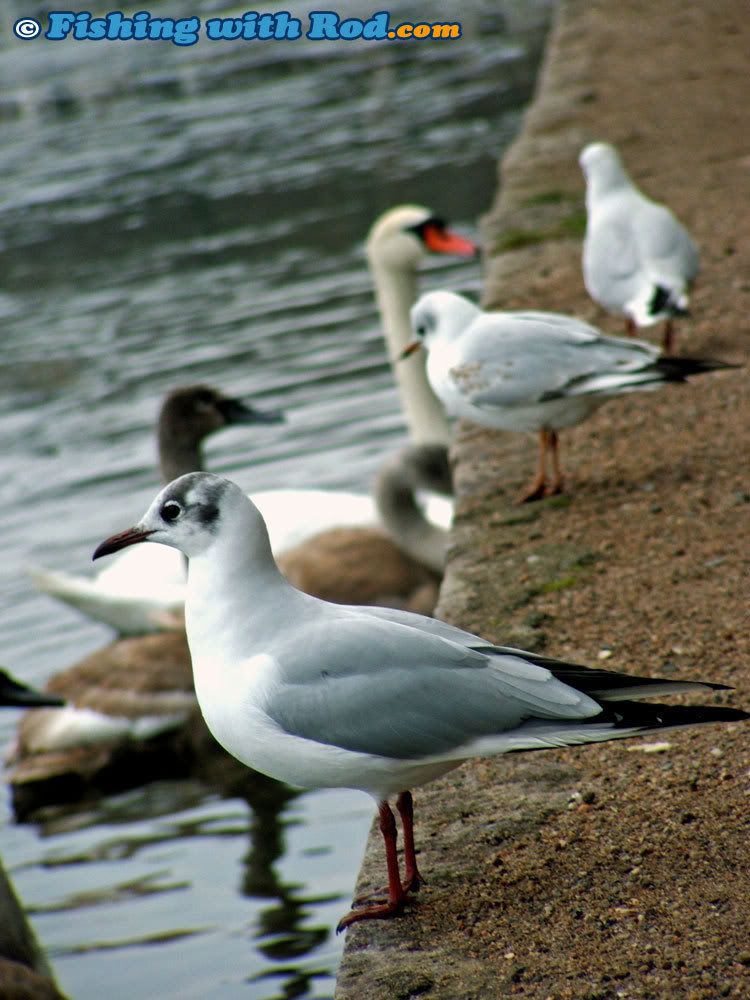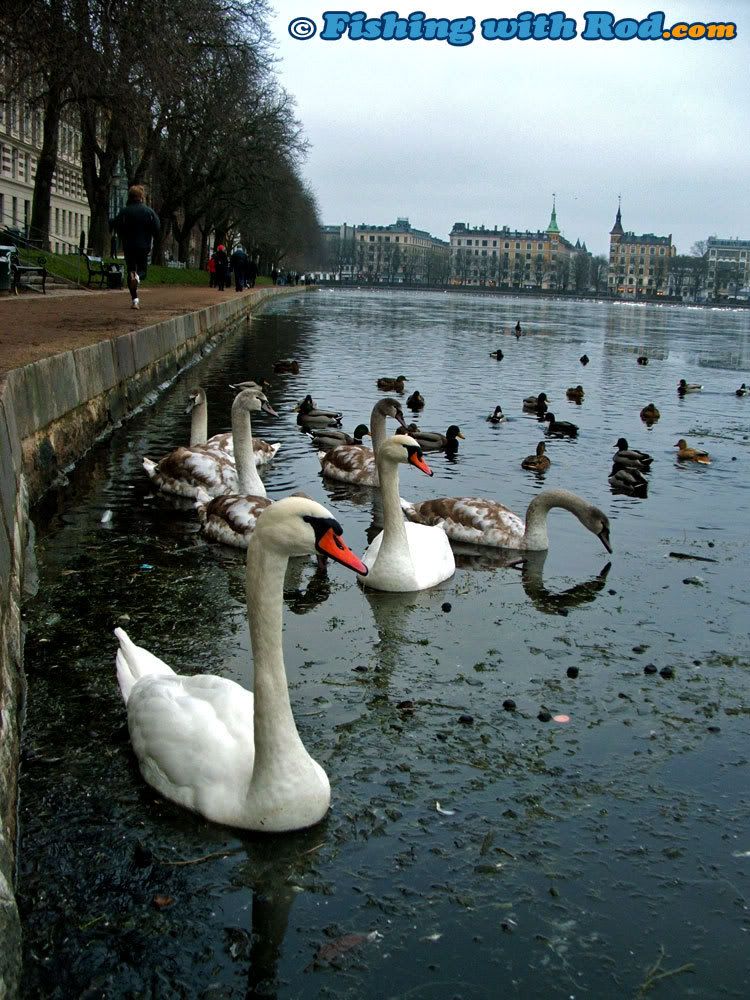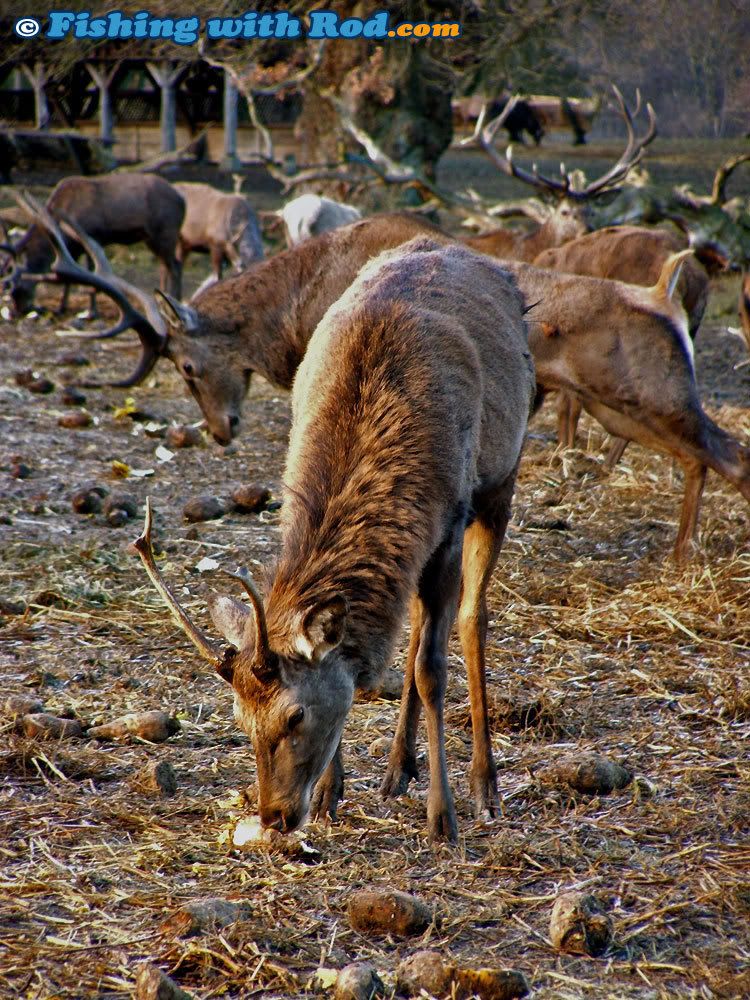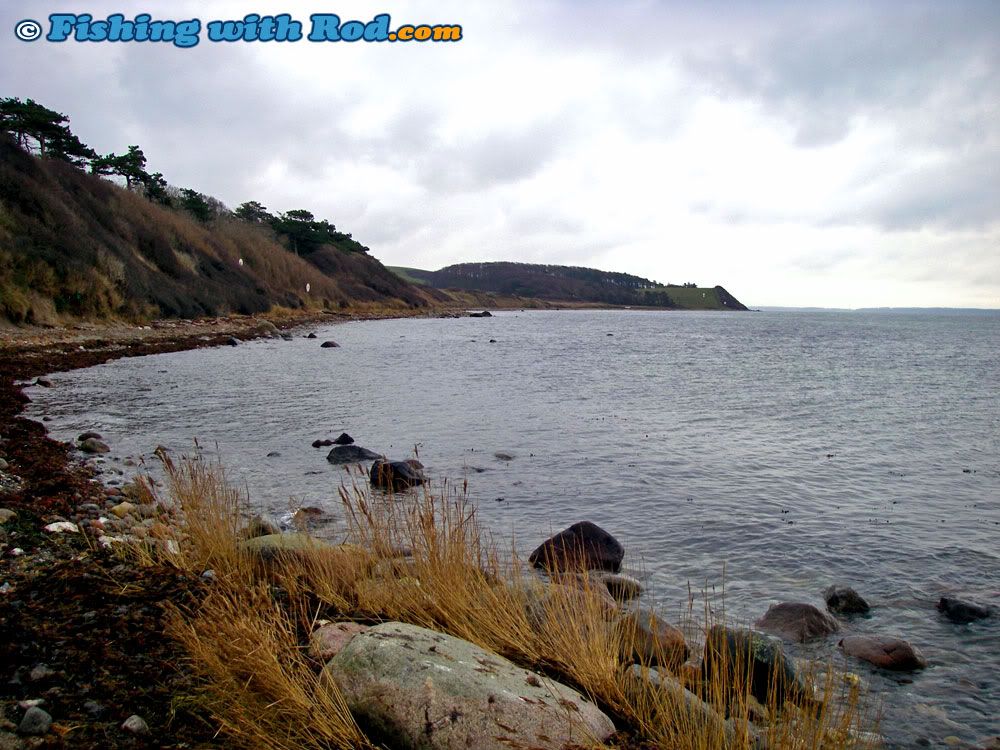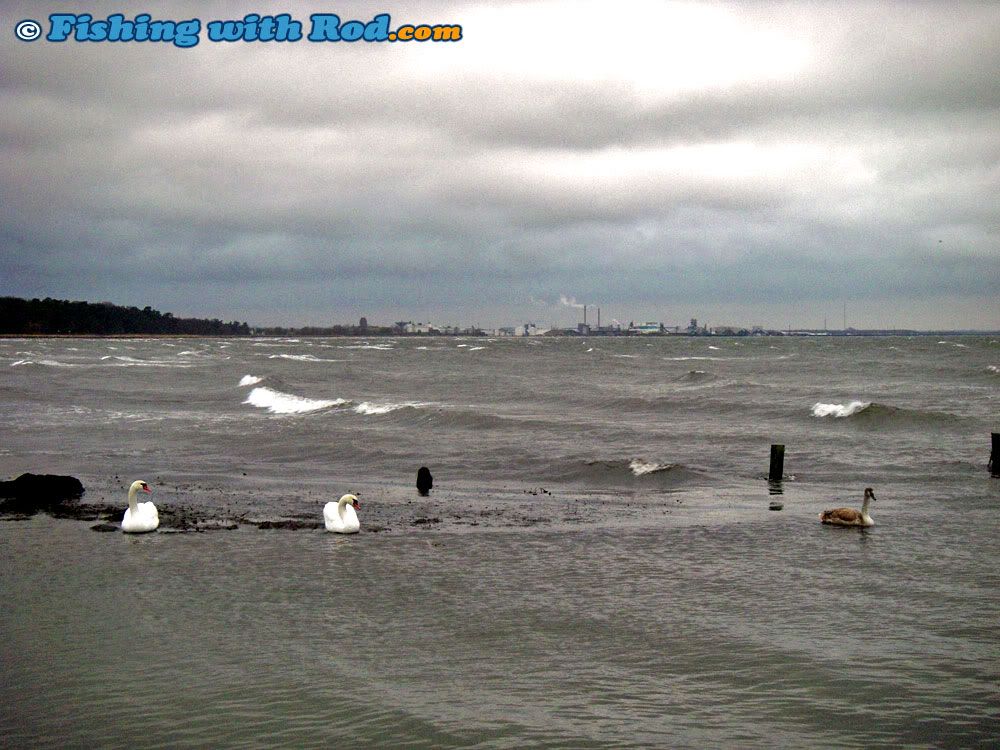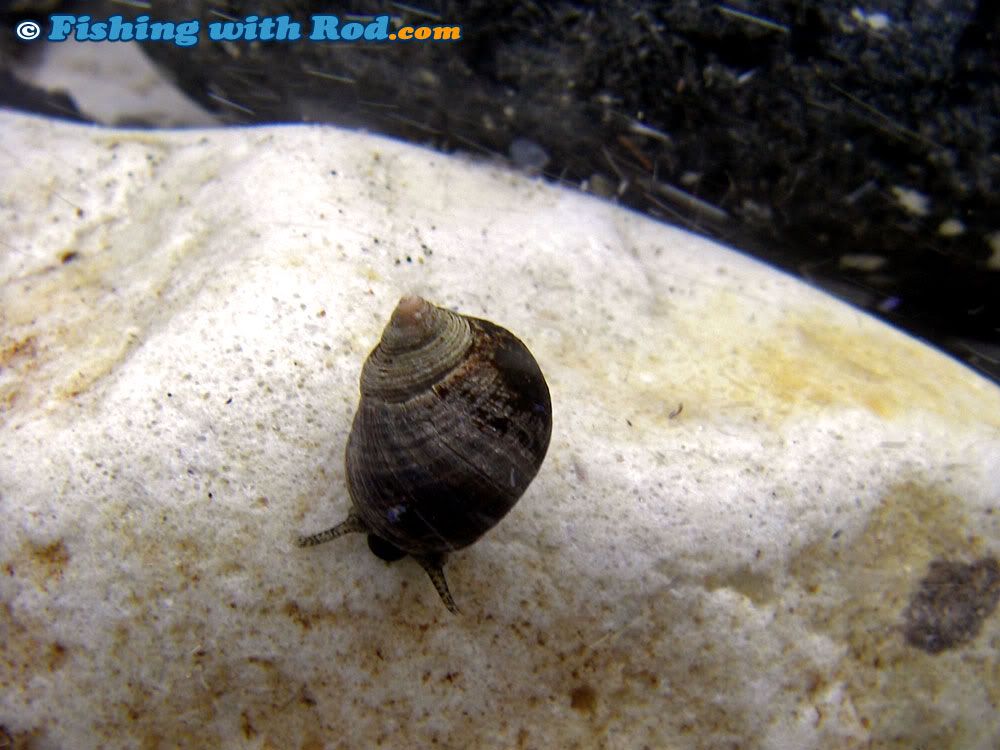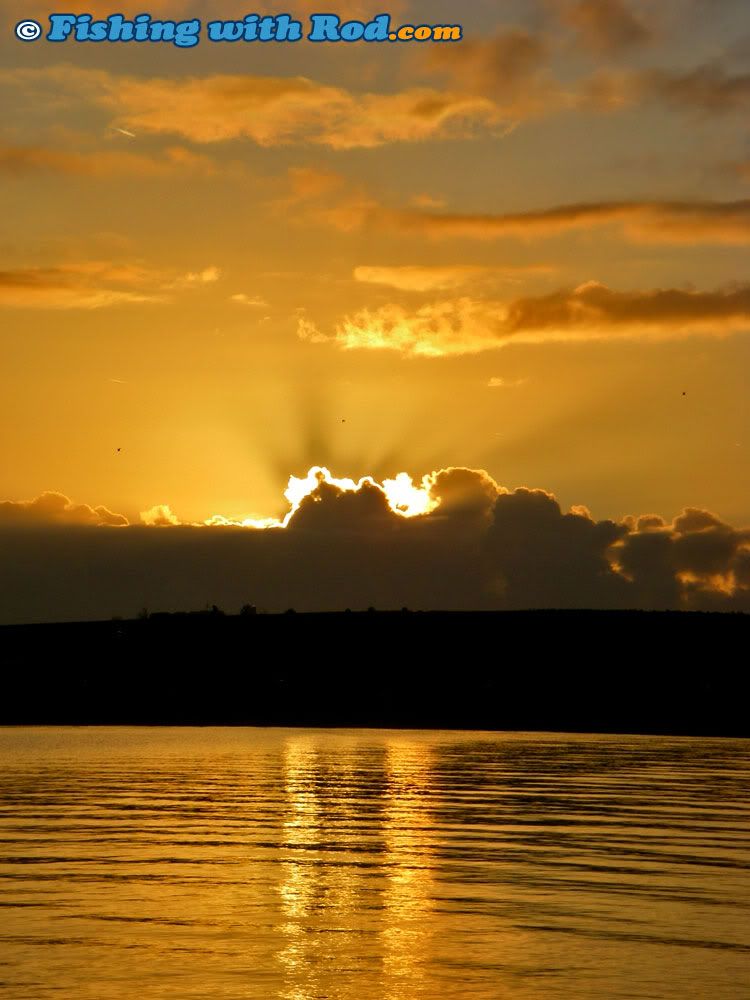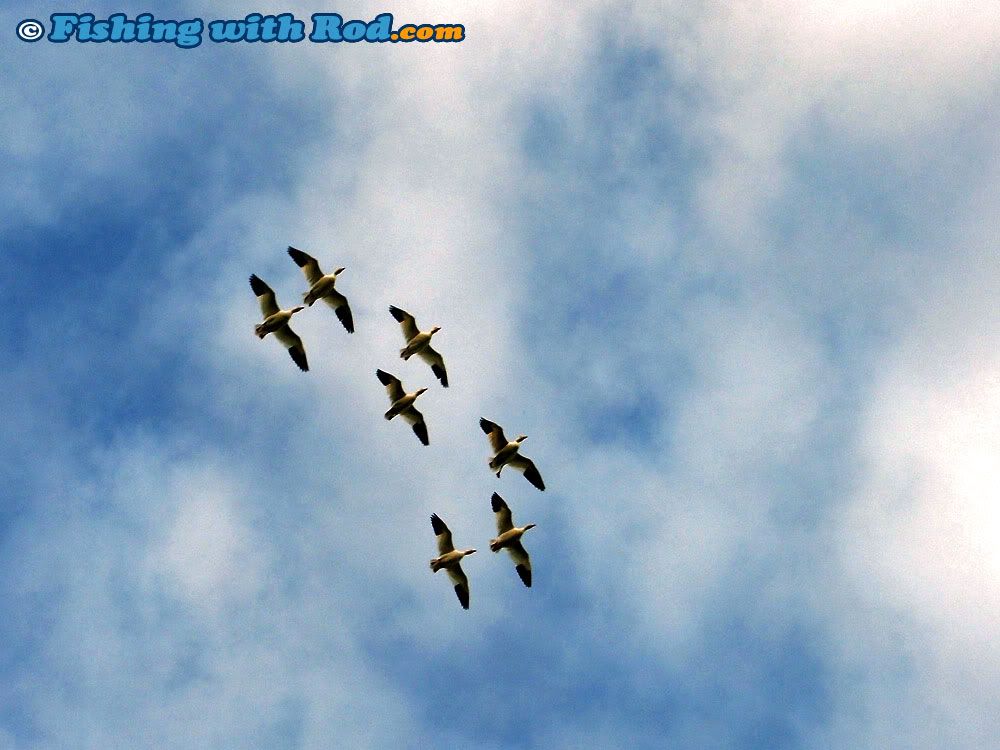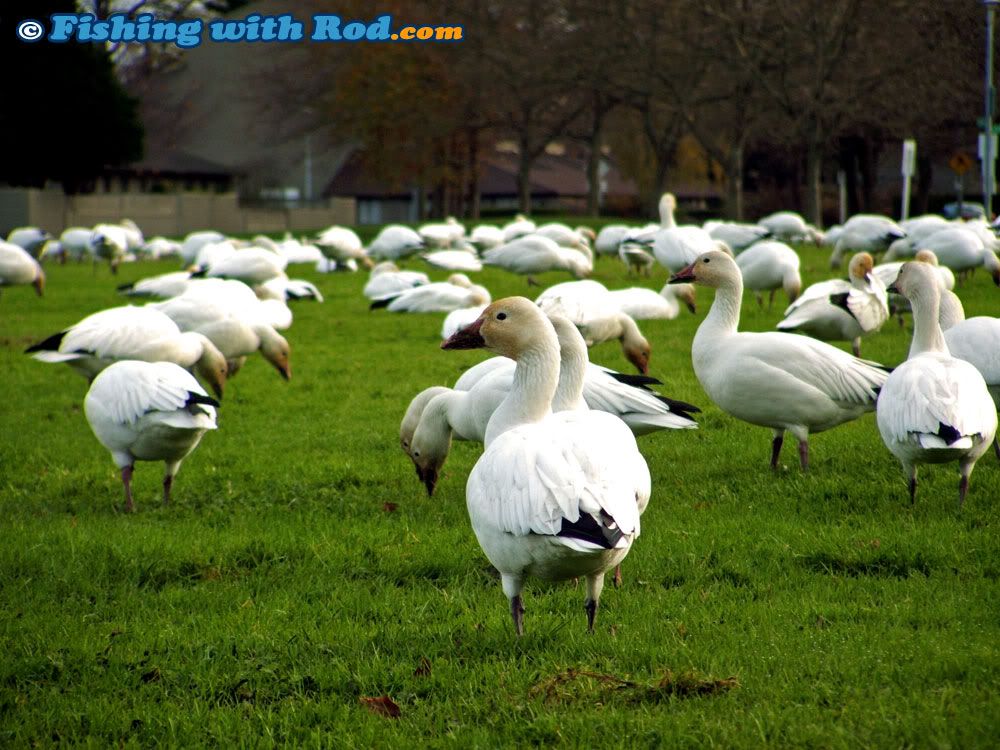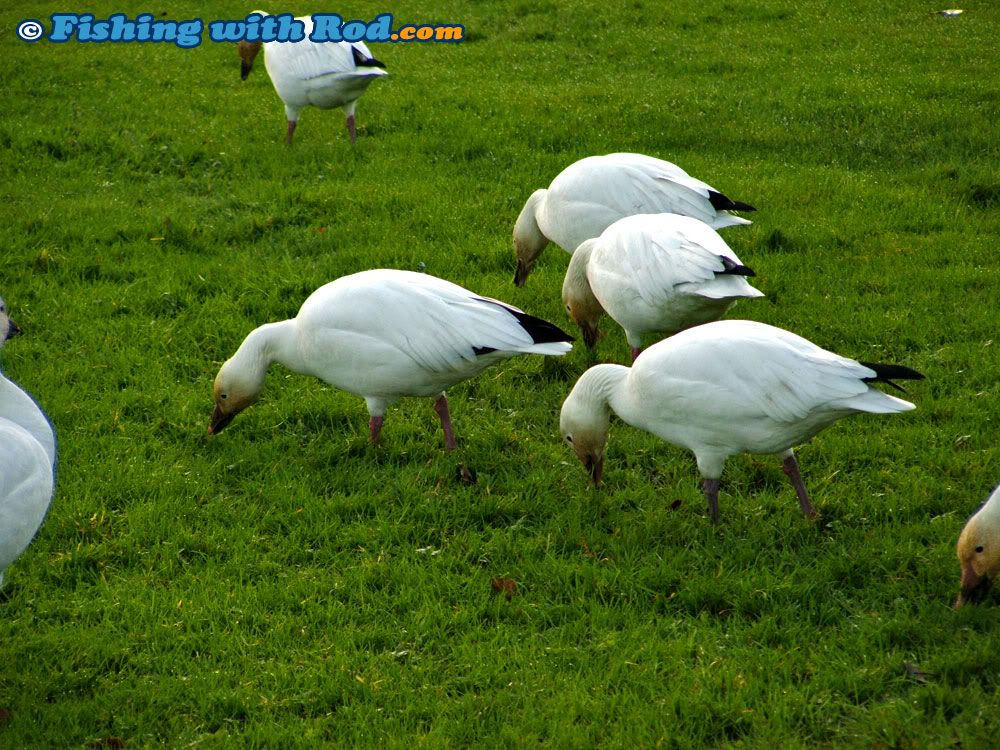One massive exodus
Published on Saturday, April 4th, 2009
It has finally begun! We often associate spring with the cherry blossom, disappearance of frost and emergence of ducklings. While life goes on as usual on land, little do people realize that an extraordinary event is happening in the Fraser River. It has been happening since the last glacial period. It’s an adaptation that some salmonid species have developed in order to grow bigger. Millions of salmon fry are currently outmigrating from their natal streams into the ocean.
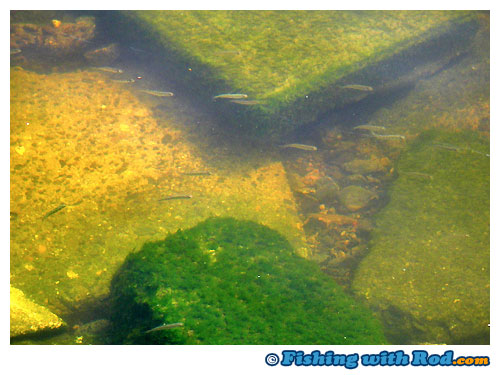
Taking advantage of a rare sunny spring day, I made my way down to the edge of the Tidal Fraser and checked out what was happening. Fry movement was the first thing I noticed. I sat motionlessly by the edge, watched hundreds of fry passing by every minute and mesmorized by this natural occurance. During the three hours while I spent down there, tens of thousands of fry must have passed by in front of me.
It is not a safe passage for them. Travelling too far from the shoreline increases their chance of being eaten by trout, char and pikeminnow. Travelling to close to the shoreline increases their chance of being pecked away by birds. The balance of safety is hard to find, therefore most of them will not make it past Georgia Strait.
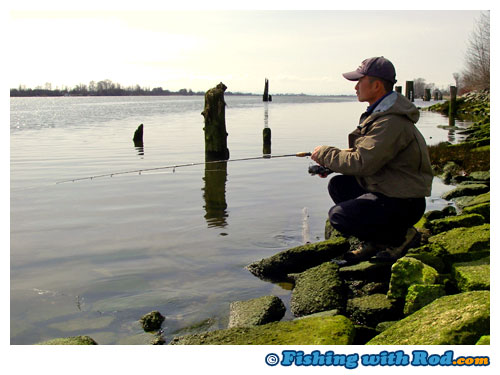
The fishing? It was good while it lasted. After spending some time casting in an area, I noticed a rise several hundred feet further upstream. I decided to ignore it and continued fishing. Ten minutes later, another rise appeared at the same spot. Another ten minutes went by and the third rise appeared. Finally I was tempted and walked over there. The first cast immediately produced a strike, but a soft one. Being unprepared, I gently set the hook and the line began peeling off the reel while a rather big cutthroat trout leaped highly. What a catch! I played it carefully while it made a few more jumps, eventually it made its way into the shallows. Just when I was ready to celebrate because I was going to collect a DNA sample for the hatchery, the unthinkable happened. The fish spit the hook without much pressure being put on the line, probably because of the poor hookset as usual.
This is an absolutely fantastic time to be fishing the Tidal Fraser River. Instead of casting blindly, one can spot fish on the surface and aim for them. It would only take a couple of casts to trigger a bite if fish are present, because they are in a feeding frenzy mode. The water clarity remains very good, but that may not last long if forecasted warm days mark the beginning of this year’s freshet.

